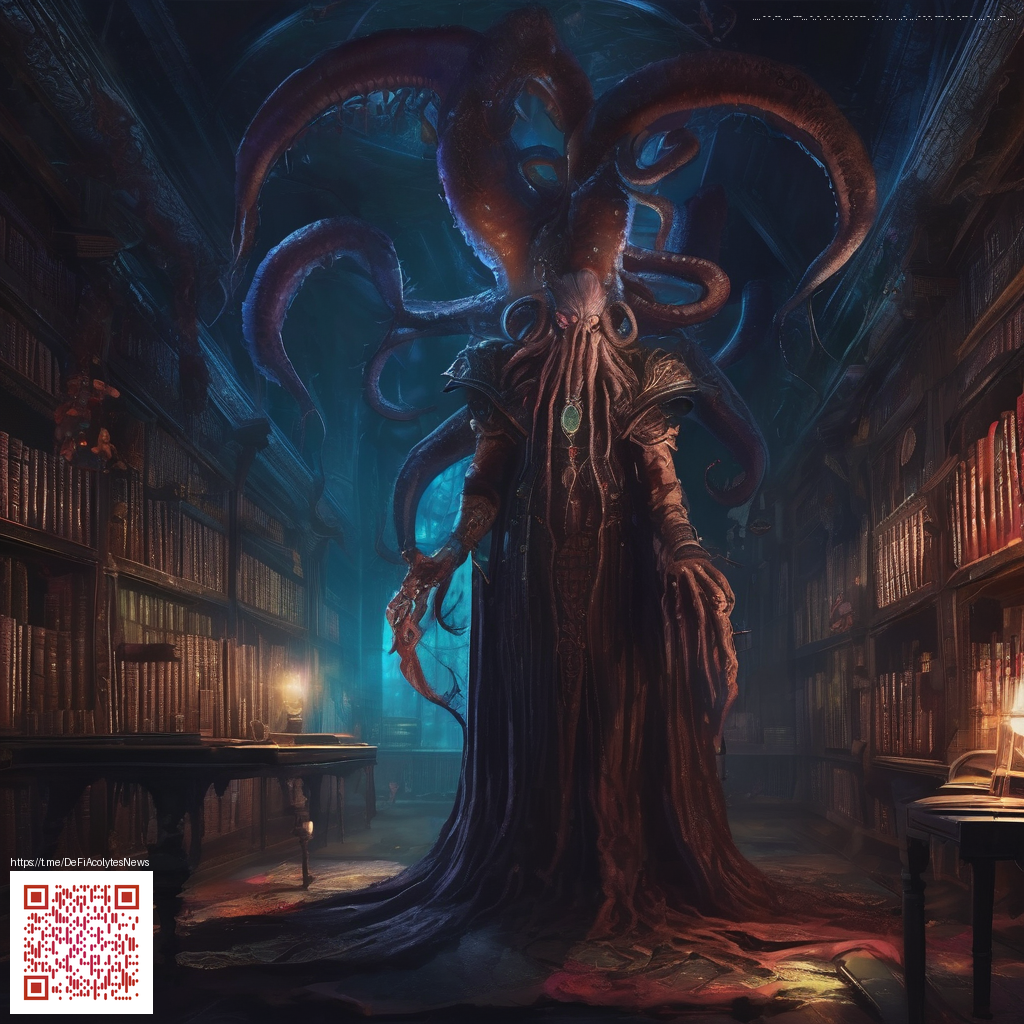
Using Digital Paper for 3D Mockups and Scene Creation
In today’s fast-paced design environment, creators are increasingly turning to digital paper as a flexible foundation for 3D mockups and scene assembly. Digital paper acts as a versatile substrate you can apply to almost any surface in your scene, allowing for quick experimentation with texture, tone, and mood without the overhead of real-world materials. The result is a more iterative workflow—one that keeps ideas flowing and client feedback moving forward.
What makes digital paper essential
Digital paper isn’t just a pretty texture. It carries a curated set of properties that help you achieve believable results across lighting conditions and camera angles. Expect predictable tiling, a controllable grain or fiber pattern, and consistent reflections that respond reliably as you adjust exposure and environment maps. When you need a cohesive material language for a product shoot, interior render, or game scene, digital paper provides a dependable baseline you can extend across every asset.
“Digital paper lets you test how a surface will feel under multiple conditions, accelerating decisions that used to take days.”
For scene creators, this consistency translates into fewer surprise adjustments during reviews. Surfaces—desks, walls, props, and even subtle floor textures—behave the same way under varied lighting, so you can focus on composition, storytelling, and client alignment rather than wrestling with incompatible textures.
Practical workflow for 3D mockups
Start with a digital paper that aligns with your material intent. Are you aiming for a matte, fabric-like surface or a glossy laminate? Once you’ve chosen a suitable texture, apply the paper to your model’s UVs and begin the tuning process. Adjust scale to ensure the grain reads correctly on each surface, then fine-tune color and tone to harmonize with your lighting setup. Subtlety is key—too bold a grain can overwhelm the scene, while too smooth a texture can read as plastic in high-contrast renders.
- Ensure texture scale is appropriate for each surface size to avoid obvious repetition.
- Balance specular highlights with an appropriate roughness value to preserve realism under different lights.
- Incorporate normal or bump maps where needed to add micro-detail without creating noise.
- Preview across multiple camera angles to catch seams and edge bleed.
3D scene creators and modular environments
Digital paper shines when you’re building libraries of modular surfaces. A well-curated family of desks, walls, floors, and textures lets you assemble scenes quickly while preserving a unified look. This approach is especially powerful for product photography and architectural visualizations, where consistency across shots matters as much as individual impact. When you adopt a modular mindset, you can swap components in and out without re-authoring each asset from scratch.
“Consistency is the key. When every surface subscribes to the same digital paper family, your renders feel intentional rather than stitched together.”
To illustrate practical application, consider a playful desk vignette that includes a neon-foot-shaped mouse pad with ergonomic memory foam wrist rest. Using digital paper in the scene lets you simulate how the neon accent interacts with ambient light, reflections, and surface microtextures without needing the physical object for every test. If you’re curious to see how such items translate in a complete shot, the product page demonstrates how design elements come alive when paired with thoughtful digital paper approaches. Explore more examples on the page at that page.
As you refine your process, treat digital paper as a modular asset—one you can reuse across projects, adjust for scale, and layer with other materials like metals, glass, or fabrics. This mindset accelerates iteration, helps maintain a consistent tone across campaigns, and yields polished previews that win client approvals without excessive render time.